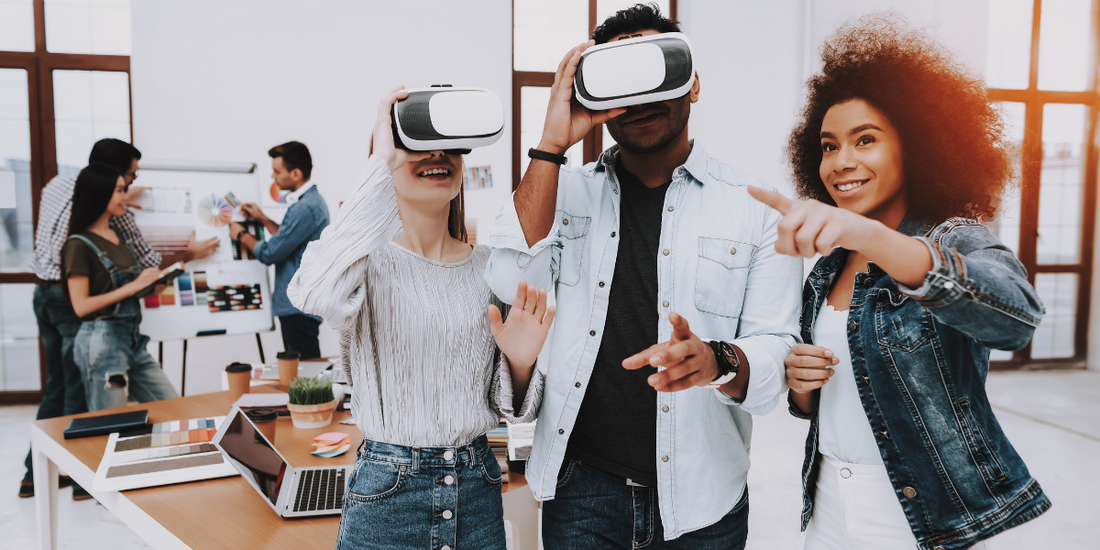
How to Apply Virtual Reality to Enhance Learning Experiences
Share
When you want to create more authentic learning experiences for students, consider applying virtual reality to your curriculum. By using 3D modeling tools, you can create a virtual environment that will give students the experience of being in a foreign country or experiencing a new culture. You can even simulate a field trip and allow students to explore the different areas of a country. This way, students will feel more connected to the subject and may even learn something they never learned in the classroom.
Incorporate VR into your classroom. You can place students in a tense meeting with a senior executive. Students will immediately feel unease and outrage. It will be a great way to teach empathy, which can be difficult to teach in the traditional classroom. By incorporating VR into your curriculum, you can provide your students with an authentic experience that helps them develop empathy. Adding this technology to your class will help students make better decisions, and your students will have a better understanding of their classmates and professors.
One of the benefits of VR is the way it allows students to experience new things. They can explore the ocean, space, or visit a historical event. They can also view the moonwalk in VR. Students can even learn more about anatomy in virtual reality. By exploring their internal organs and bones in the virtual world, students will gain a new appreciation for how the body works. This is especially important for the development of the body's skeletal structure.

VR is also an excellent solution for highly technical training fields. For example, medical students need to learn about their bodies in three dimensions. By using a VR system, they can see the internal organs and the different parts of their body. They will have a deeper understanding of their anatomy. This project uses a specially adapted Oculus Rift headset and Leap Motion controller. They have a new way to learn about their human body!
The use of VR in the classroom has the potential to increase student interest. However, it is important to be careful when introducing VR into the classroom. If students are left to their own devices, they may be distracted and may not learn as much as they should. Therefore, educators should use a structured lesson plan and establish specific goals for students. Involving the students in the process will motivate them to be more engaged and successful.
Immersive technologies are fun and can be used to increase student engagement. It is essential to set up the environment to make sure students feel comfortable and confident in the environment. Ensure that the students are reassured and understood of their expectations. It is essential to include a clear description of how to use the immersive technology in the classroom and how to exit it afterwards. For practical training, this can be especially important.
The application of VR to learning experiences can enhance a variety of topics. For example, it can help students better understand the complexities of an area. By enabling students to explore complex areas and environments, VR can help them learn more about the subject. The technology can also be used to replicate complex situations in real life. It can be applied to many subjects, including math, science, and engineering. There are many other uses for virtual reality.
Virtual reality is an effective tool for improving student engagement and retention. The Hermann Ebbinghaus forgetting curve demonstrates that 50 to 80 percent of what we learn is forgotten by the end of the second day. In contrast, VR has the potential to improve retention rates. The technology is already having a positive impact on learning. For example, the VRroom from ClassVR can help a teacher monitor a class of up to 30 students.
Thank you for visiting ARVRedtech.com. If you liked this information, please share it with a friend. You can also sign up for our newsletter to receive the latest information in AR and VR in the education and beyond. If you know of an app, service, or company using augmented reality in travel, or virtual reality in education that we should feature here, please contact us using the contact form, we would love to hear from you.